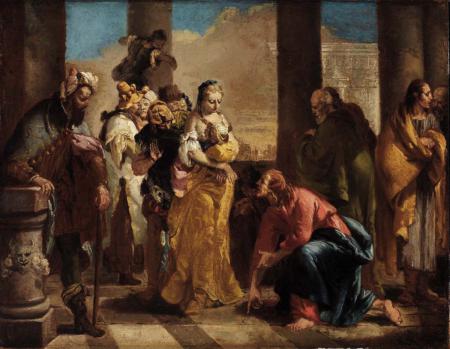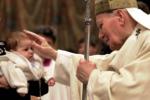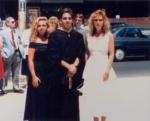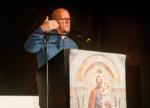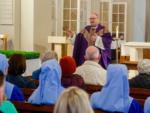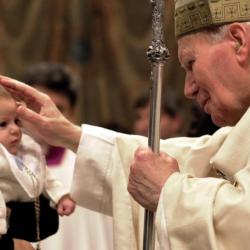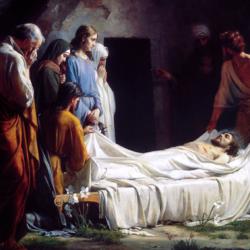Vatican II's approach to Jews, other Christians differs, professor says
WASHINGTON (CNS) -- The Second Vatican may have followed much the same structure when writing its documents on how the Catholic Church should relate to other religions and to other Christian denominations, but the approaches differ, according to a professor of systematic theology at The Catholic University of America in Washington.
But to know the differences, Michael Root said, one has to take into account the similarities.
"Vatican II introduced obvious changes in Catholic thought and practice, and the theological insight into those changes," said Michael Root in a May 21 address at a Catholic University-hosted conference, "'Nostra Aetate: Celebrating Fifty Years of the Catholic Church's Dialogue With Jews and Muslims."
The event was co-sponsored by the university's School of Theology and Religious Studies and the U.S. Conference of Catholic Bishops' Secretariat for Ecumenical and Interreligious Affairs.
In both "Nostra Aetate," which dealt with Catholic relations with other world faiths such as Judaism, Islam, Hinduism and Buddhism, and "Unitatis Redintegratio," which focused on relations with other Christians, the documents show "a move toward a nuanced consider of two kinds of judgment," Root said in his address, "'Nostra Aetate' and Ecumenism."
The pre-Vatican II form of judgment was "binary," or "non-scaled," according to Root -- an "all-or-nothing" approach he likened to "you can't be a little bit pregnant" -- and "the judgments were often negative." Even in Jesus' declaration in Matthew 25 about separating the sheep and the goats, he added, "you don't find anybody wandering around in the middle."
But with "Nostra Aetate" and "Unitatis Redintegratio," the documents take a "scaled" approach, noting "matters of degree," such as others would in judging whether someone is "tall, fat, righteous, holy, better or worse," Root said, and how much one is in any of those categories. "Theological judgments often require" both scaled and non-scaled judgments, he added.
"Nostra Aetate" found that there are elements in other faith systems that can bring salvation to adherents of those faiths. "Unitatis Redintegratio," meanwhile, contained both scaled and non-scaled judgments, in Root's view. It held that the Catholic Church was the only Christian faith that contained all of the necessary elements of salvation -- the non-scaled judgment -- yet declared in a scaled judgment that other denominations had some of the elements necessary for salvation.
Root touched on the topic of common baptism. "The Baptists are not churches, the Catholics say, but they can induct people into the church. This is odd," he acknowledged, adding the Orthodox "are far less sure" than Catholics on this point.
This indicates the Vatican II approach, Root said: "Non-scaled judgments are not abandoned, they supplement them and are contextualized."
One key difference between "Nostra Aetate" and "Unitatis Redintegratio" is how Vatican II treats the religious groups in each document, according to Root. No mention is made in "Nostra Aetate" of trying to proselytize Jews, Muslims or others to get them to join the Catholic Church, whereas in "Unitatis Redintegratio," "the very name itself" ("The Restoration of Unity" in English) implies that all Christians should be one, he said.
Further, in the second section of "Nostra Aetate," Vatican II "always begins with something positive ... something that can be affirmed" in another faith system, Root said, while "'Unitatis Redintegratio' winds up being inconsistent" on that point.
"Unitatis Redintegratio" strives to be inclusive of all Christian denominations, he added, while "Nostra Aetate" is "asymmetrical" in character out of necessity. "The Christians need the Jews" to have the Christian story be complete, "but the Jews don't need the Christians" to complete their own story, Root said.
